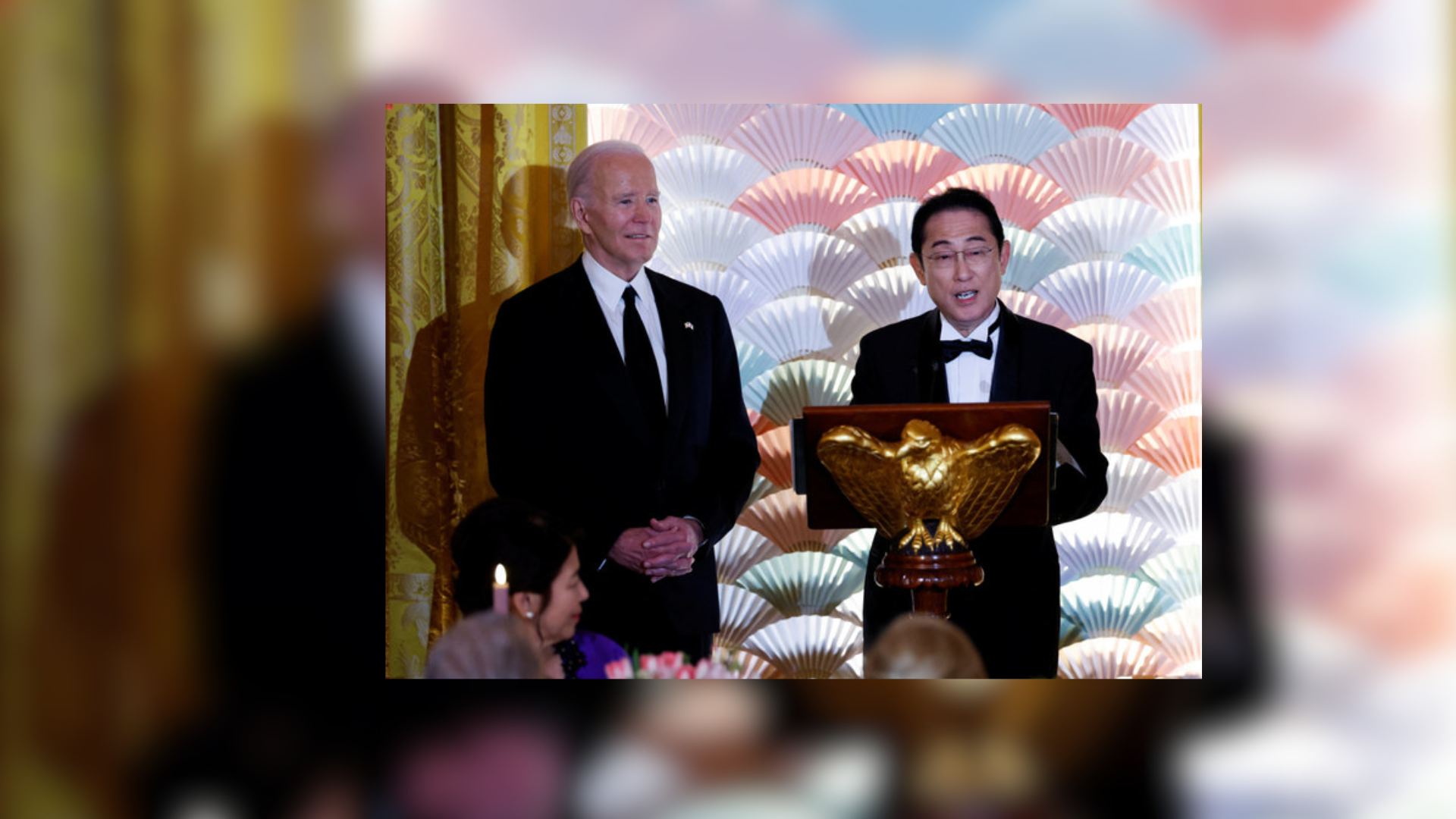










A historic moment is on the horizon as a Japanese astronaut is set to become the first non-American to set foot on the Moon, announced US President Joe Biden during a press conference on Wednesday. This groundbreaking opportunity was extended to Japan as part of Prime Minister Fumio Kishida’s state visit to the United States, marking a significant step in strengthening ties between the two nations.
“Two Japanese astronauts will join future American missions, and one will become the first non-American ever to land on the Moon,” Biden stated during the press conference alongside Kishida.
Kishida welcomed this announcement as a “huge achievement” and reciprocated by revealing Japan’s commitment to supply a rover for the program.
NASA’s Artemis program, aimed at returning humans to the Moon for the first time in over 50 years and establishing a sustained lunar presence, is set to mark this milestone. The program, named after the Greek goddess of the Moon, Artemis, seeks to pave the way for potential missions to Mars.
During the US Apollo program between 1969 and 1972, 12 American astronauts—all white men—walked on the lunar surface. NASA had previously announced plans for the Artemis program to feature the first woman and the first person of color to land on the Moon.
“America will no longer walk on the Moon alone,” remarked NASA chief Bill Nelson in a video shared on social media. He emphasized the significance of diplomacy in advancing exploration, stating, “Diplomacy is good for discovery. And discovery is good for diplomacy.”
The first mission to land astronauts on the lunar surface, Artemis 3, is slated for 2026. Concurrently, China has expressed its ambition to put humans on the Moon by 2030.
Japan and the United States have a longstanding collaboration in the space sector, notably working together on operations at the International Space Station. Earlier this year, Japan achieved a significant milestone by becoming the fifth country to successfully land a spacecraft on the Moon, with its SLIM craft touching down in January.
In a joint media release, the United States and Japan clarified that a Japanese national would land on the Moon “assuming important benchmarks are achieved,” without elaborating further.
The lunar rover provided by Japan in return will be pressurized, allowing astronauts to travel farther and work for extended periods on the lunar surface. This pressurized rover will serve as a “mobile habitat and laboratory” accommodating two astronauts for up to 30 days as they explore the area near the lunar South Pole.
NASA’s plans include utilizing the rover on the upcoming Artemis 7 mission, along with subsequent missions over a 10-year span. Additionally, the European Space Agency (ESA) has three seats reserved for future Artemis missions as part of their technological contributions to the program.
However, the ESA’s exact involvement in lunar missions remains uncertain. Daniel Neuenschwander, director of human and robotic exploration at the ESA, mentioned that details of the agreement with NASA are still “subject to further discussions.”
Acknowledging the “geostrategic” motives for the agreement between the US and Japan, Neuenschwander expressed understanding for the collaboration.
The Artemis space program commenced in 2022 with Artemis 1, which successfully flew an uncrewed vessel around the Moon. Artemis 2 is scheduled for 2025, sending four astronauts on an orbit around the Moon without landing. The crew, consisting of three Americans and a Canadian, is currently undergoing training.
The much-anticipated Artemis 3 mission, the first crewed landing on the Moon, is planned for 2026. NASA has yet to announce the astronaut lineup for this historic mission.









